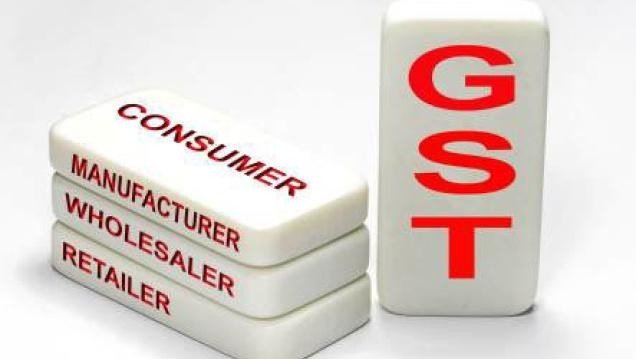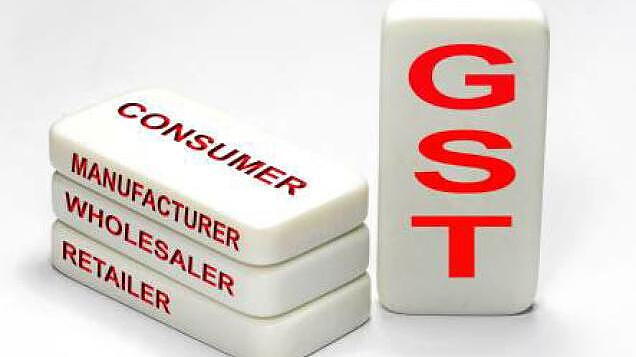

The Government of India has announced four tax slabs under the proposed GST regime – 5 per cent, 12 per cent, 18 per cent and 28 per cent for all goods and services offered in the country. While the automotive industry hoped for a lower slab, the panel has decided to charge all cars under the 28 per cent tax slab. Luxury cars will also be charged 28 per cent GST and will attract additional cess along with green cess. The amount of these cesses have not been finalised as yet and should be announced soon. Also, the automotive industry will be looking closely at the definition of luxury cars which hasn’t been declared yet.
Considering the existing tax structure, small cars attract an approximate taxation of 28 per cent on an average across the country and hence the overall prices might not change. As per the existing definition, cars measuring less than four metres in length and engine displacement of less than 1200cc for petrol and 1500cc for diesel are termed as small cars. This segment includes the entry-level A-segment compact hatchbacks like Maruti Alto, Tata Nano, Renault Kwid and Datsun Redigo. It also includes B-segment hatchbacks like the Hyundai i10, Maruti Celerio, Maruti Wagon R and Datsun Go amongst others. Maruti Swift, Tata Tiago, Honda Brio, Hyundai Grand i10 also fall under its ambit along with premium hatchbacks like Hyundai Elite i20, Maruti Baleno, Volkswagen Polo and Fiat Punto. Crossovers like i20 Active, Toyota Etios Cross and Fiat Avventura will also be in the same bracket along with SUVs like Maruti Suzuki Vitara Brezza, Ford Ecosport, Mahinda Nuvosport and TUV 300.
The automotive sector expected an 18 per cent tax slab for at least the small cars which would have helped reduce their prices. Lower prices would have pushed the demand for cars up resulting in overall growth of the automotive sector.
[source;Carwale]




